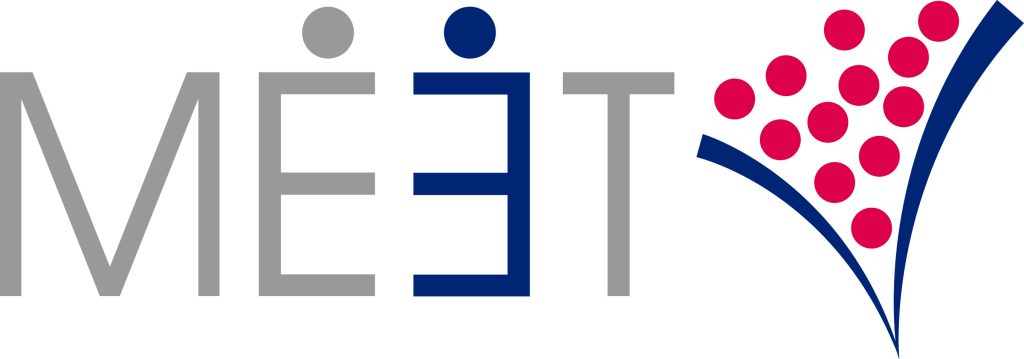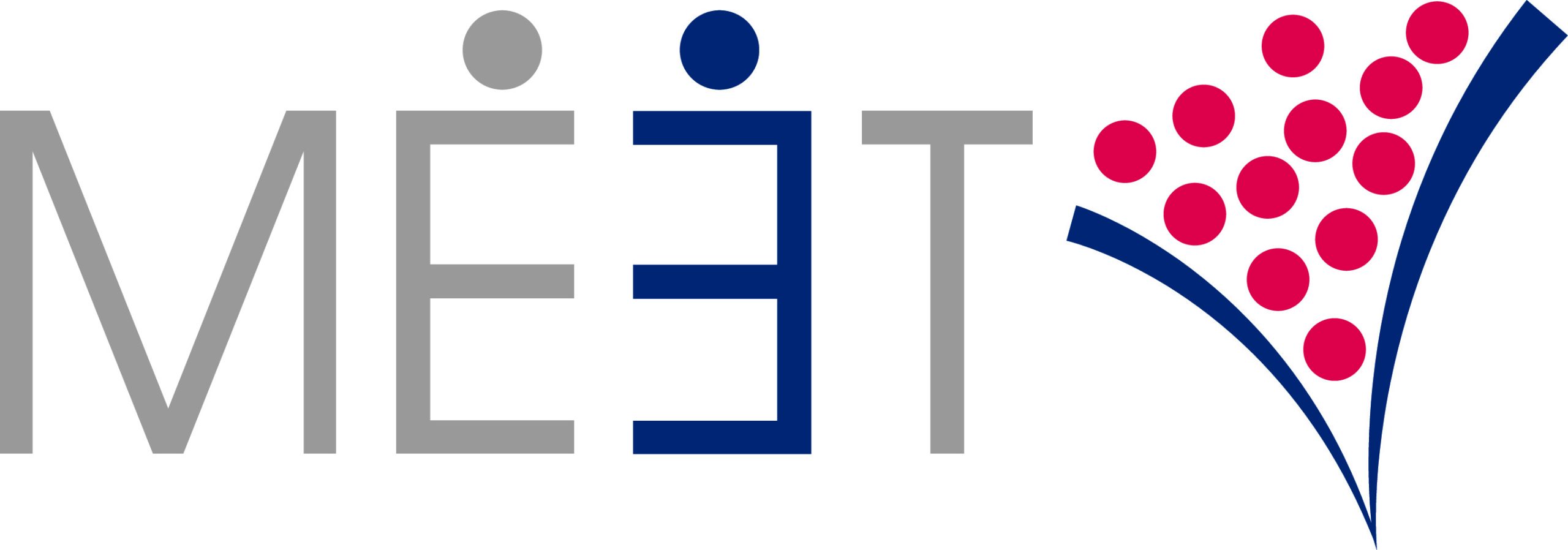Looking for a Trade Show Staffing Strategy? Try Divide and Conquer
Booth staff are always critical to any trade show. Reach to us if you need professional trade show staffing strategy for all your pre event activities. Peter Drucker, known as the father of modern management theory, once said: “Efficiency is doing the thing right. Effectiveness is doing the right thing.” At MEET, we talk a lot about solutions to the common challenges faced by trade show exhibitors and pavilion hosts. Our goal is to help company executives and economic development professionals skillfully utilize trade show exhibiting opportunities to find high-quality prospects, then lead, nurture and convert them into their sales pipeline. After 40 years, we’ve seen a lot of inefficiencies on the trade show floor, and a lot of ineffective staffing strategy. By helping our clients do the right things, the right way, we all come away winners. Up at the top of our list of inefficient and ineffective practices is the tendency of many exhibitors and pavilion hosts to put their salespeople in the booth to engage with prospects. After all, who better to sell your product, service, or region to potential customers than professional sales people, right? Wrong. At MEET, we argue that sales people and business development professionals are not those best suited to work in the booth, at least not as their primary function during the trade show event. When determining a staffing strategy, we recommend the divide and conquer approach. Maximize your efficiency and your effectiveness by making sure that everyone is using their skills and resources in a way that is best suited to achieve your goal. Recall in our discussion on how to determine the right offer to identify target prospects among the hundreds and sometimes thousands or tens of thousands of event attendees, that the key advantage to having the right offer is that salespeople do not have to be the ones to deliver it. Ideally, your offer is so well crafted that only qualified prospects are approaching your booth to opt-in. At that point, the engagement can be left up to transaction professionals—those whose sole job it is to deliver the well-crafted offer and retrieve the prospects’ contact information for future follow-up—an interaction that should take no more than two minutes to complete. What then do the sales and business development people do while your transaction professionals are engaged in these 2-minute conversations? You want them out of the booth, engaged in one-on-one meetings with trade show attendees who are deeper in the sales funnel like current prospects, current customer, partners and potential partners, and other strategic contacts. Allow your sales people the time and space to engage in richer, more substantive conversations than what takes place in the booth. These conversations may take place in a coffee shop or even a rented room. The sales team’s goal is to actually close business, sign contracts, penetrate existing accounts further, and develop new sales channels and referral sources. The beauty of the divide and conquer approach is that when each member of your team has their own mission, your overall results improve significantly. Bogging down your sales people with booth transactions is as harmful as bogging down the booth with these longer, more substantive conversations. Every long conversation that takes place in the booth equals 50, 100 or even 1,000 potential prospects that could not be engaged because there was no one to talk to. The goal of those working in the booth is to separate prospects from general attendees, in a matter of minutes. Helping your team deliver results while giving your audience exactly what they want requires a divide and conquer approach. Done right, it is also the most efficient and effective way to fill your pipeline with new prospects. About MEET (meetroi.com) helps B2B growth companies and pavilion hosts effectively leverage at trade shows and in-person events. MEET’s processes help its clients ramp-up sales quickly and maintain a steady stream of high-quality prospects going forward. Contact Bill Kenney at MEET today for a free trade show participation assessment bill@meetroi.com or +1 (860) 573-4821.

